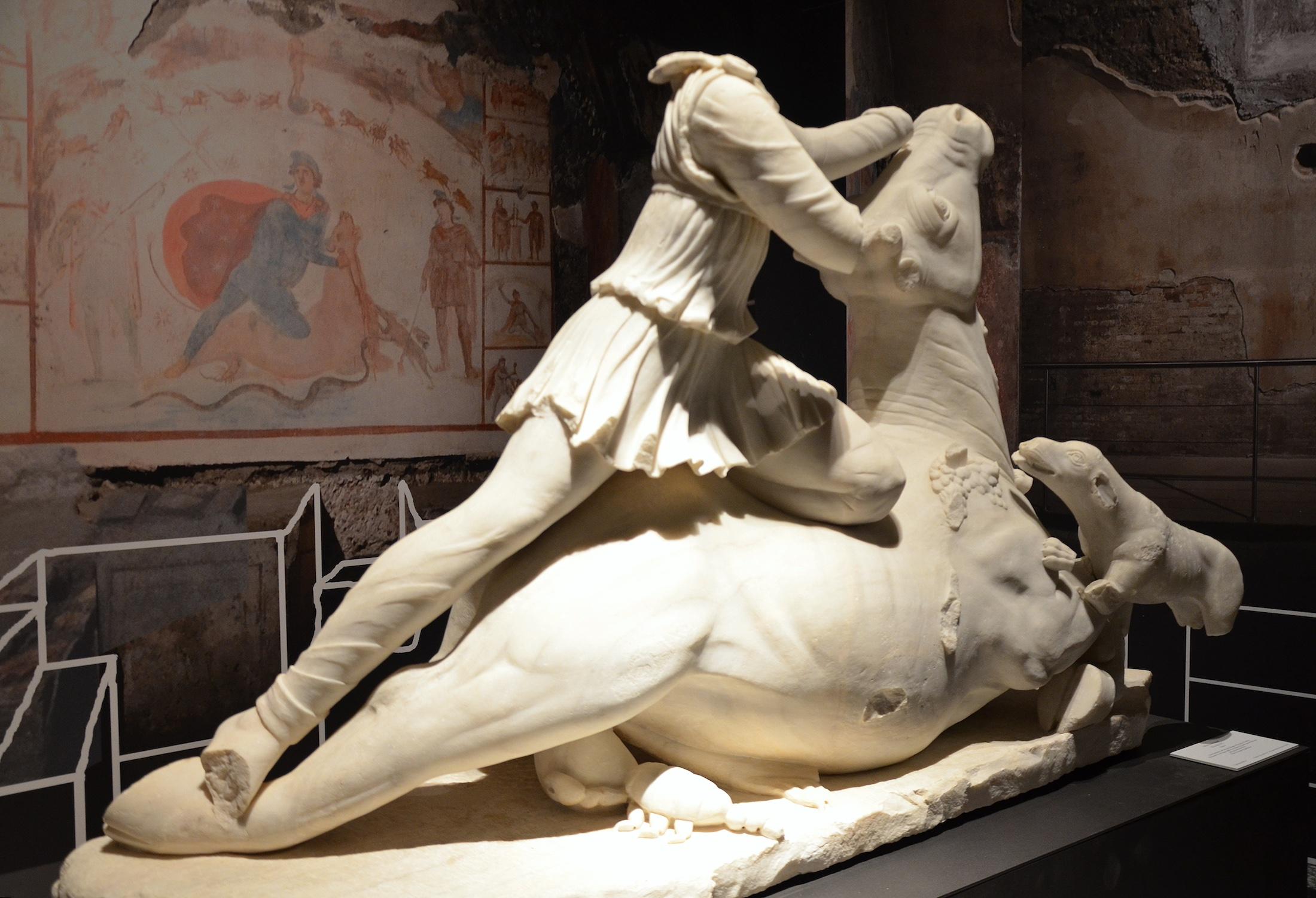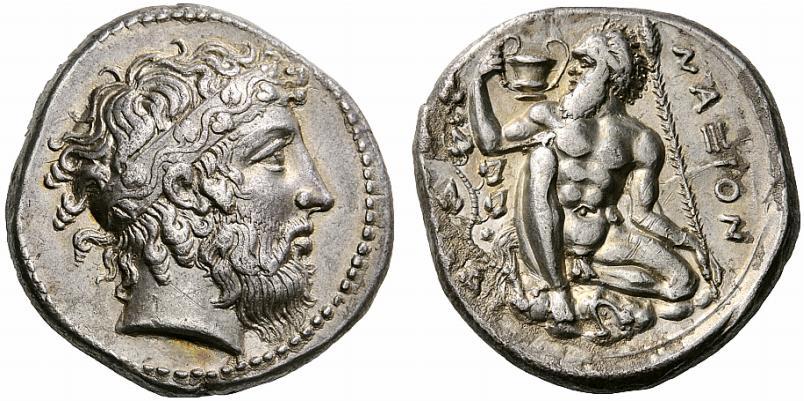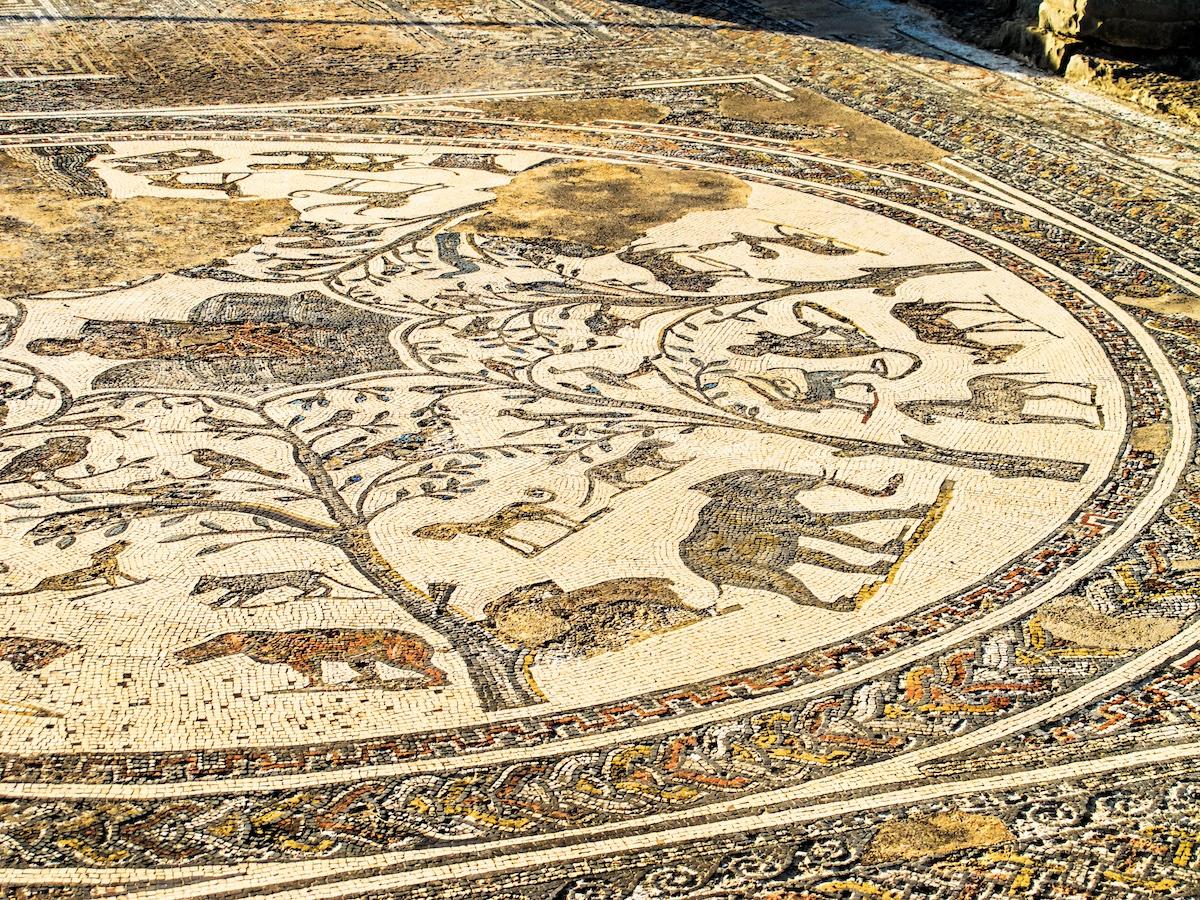One of the most valuable items presented for return was a Naxos silver coin from the 4th century. The artifact, which features the face of Dionysius, was looted from an excavation site in Sicily, before appearing in the United Kingdom for $500,000 in 2013. This silver coin was located in New York last year, associated with another investigation into a known British coin dealer.
Another impressive find was a mosaic floor depicting Orpheus playing the lyre from the mid-3rd century. The piece had been stolen from an excavation site in Sicily during the 1990s and was confiscated from the private collection of a New York collector.

























![DEl Kathryn Barton [Australian b. 1972] the more than human love , 2025 Acrylic on French linen 78 3/4 x 137 3/4 inches 200 x 350 cm Framed dimensions: 79 7/8 x 139 inches 203 x 353 cm](/sites/default/files/styles/image_5_column/public/ab15211bartonthe-more-human-lovelg.jpg?itok=wW_Qrve3)



